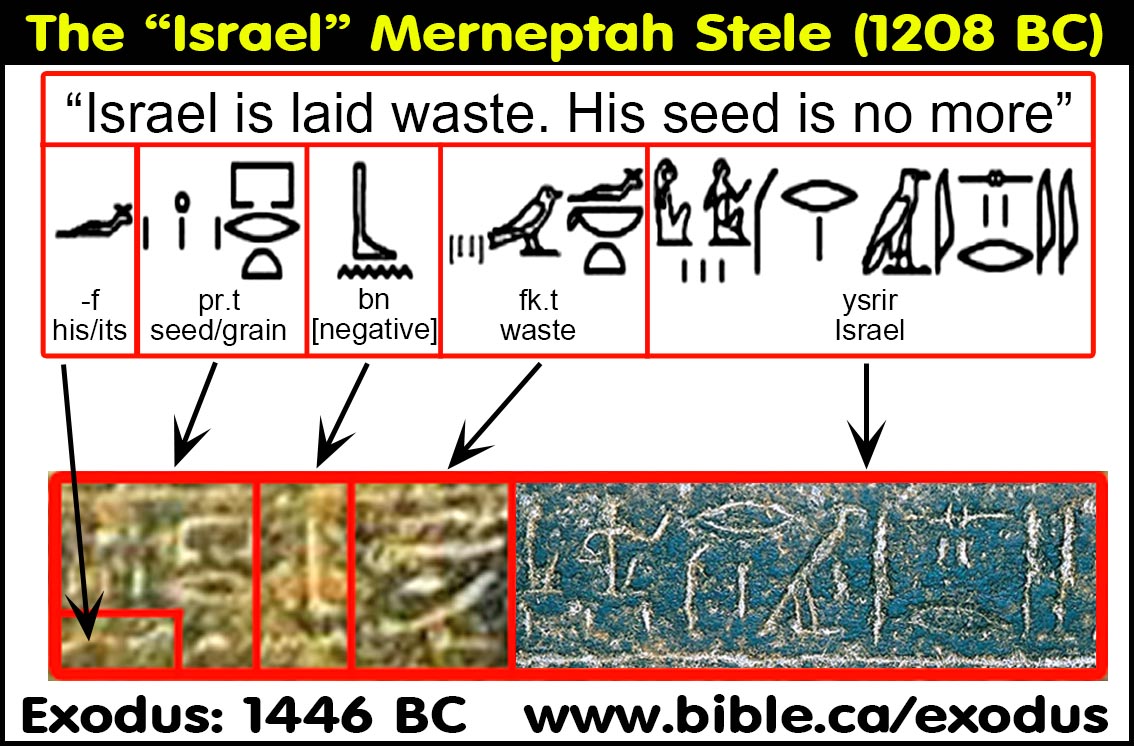by
Damien F. Mackey
“There are two
kings in the Bible referred to as King Jehoram/Joram. The first was the son of
King Jehoshaphat, and he ruled in the southern kingdom of Judah from 853 to 841
BC. The other King Jehoram was the son of the wicked King Ahab, and he ruled in
the northern kingdom of Israel from 852 to 841 BC. The name Joram is a
shortened form of Jehoram. Complicating matters is the fact that both
Jehorams were brothers-in-law to each other”.
King
Jehoram of Judah I have confidently identified with – following Peter James – El
Amarna’s Abdi-Hiba of Urusalim. For now, I would accept for Jehoram
(as a rough approximation) the date of c. 850 BC. That date, however, will need
to be lowered considerably as my revision progresses.
Turning
to convention, Abdi-Hiba is thought to
have lived around 1330 BC, in pre-Israelite Jerusalem. Unfortunately for this
theory, Jerusalem (Urusalim) was
called Jebus in those days.
By 850
BC, convention has already seen off Egypt’s entire New Kingdom (so-called), comprising
dynasties 18, 19 and 20, and it is well into the so-called Third Intermediate
Period (TIP), having gone past dynasty 21, and having settled somewhere in
dynasty 22.
We
recall that dynasty 22’s founder pharaoh, Shoshenq I, has been aligned by the
French genius, François Champollion, with the biblical Shishak.
And
that unfortunate link is still retained today by the conventional scholars.
By 850
BC my revised chronology has not yet even exhausted Egypt’s famous Eighteenth Dynasty (let alone the entire
New Kingdom), with the two kings Jehoram being contemporaneous with (following
the “Glasgow” School) pharaoh Akhnaton and El Amarna.
Akhnaton’s
two sons, Smenkhkare and Tutankhamun, will yet follow him in this dynasty.
Obviously
this ought to be a great advantage for the conventional system over mine.
I shall
have to contend with confining an enormous amount of Egyptian dynastic history
into a far diminished period. Such a prospect would eventually frighten away a
lot of revisionists, who, reeling after (i) “The Assuruballit Problem” [TAP],
would despair of having to squeeze into so tight a chronological space the (ii)
almost 70-year reign of Ramses II of the Nineteenth
Dynasty, not to mention (iii) the multiple dynasties of TIP.
These
(i)-(iii) have long loomed as the biggest obstacles towards a Velikovskian-style
revision.
David
Rohl, Peter James and others would eventually compromise by cutting approximately
in half Velikovsky’s 500-year time shift. Whilst all agreed that the biblical Shishak
could not have been (as per convention) pharaoh Shoshenq I, Rohl, for instance,
would now look to identify this Shishak with the Nineteenth Dynasty great, Ramses II.
The
conventional system, although it has the advantage of far more chronological
space, has the distinct disadvantage of its proponents not being able to identify,
either historically or archaeologically, any of the great biblical events such
as the Exodus and Conquest; the Fall of Jericho; and the era of kings David and
Solomon.
Pharaoh
Thutmose III, the great conqueror, the biblical Shishak, gets lumped into the
Exodus era. Others, though, opt for Ramses II as the Pharaoh of the Exodus, although
his conventionally calculated era of c. 1300 BC does not match biblical time calculations
for the Exodus – nor does the reign of Ramses II exhibit any evidence for a
large-scale Exodus of its slave population.
Ramses II’s
son, Merenptah, has a famous Stele that names “Israel”.
Dated
to c. 1205 BC, this document has been a source of great confusion for
historians. For example: https://watchjerusalem.co.il/446-merneptah-stele-proving-israels-3200-year-existence
“The mention of Israel in this 3,200-year-old document suggests, at the time
of its inscription, the nation of Israel was an established power and not a
nomadic people who had just recently entered the land of Canaan. Before the
discovery of the stele, many dated the Exodus much later, but now they are
forced to reconcile with the fact that Israel was already an established power
in Canaan in 1207 b.c.e”.

No comments:
Post a Comment